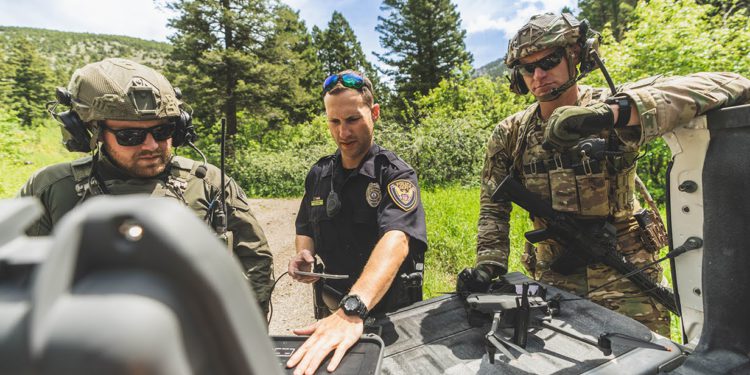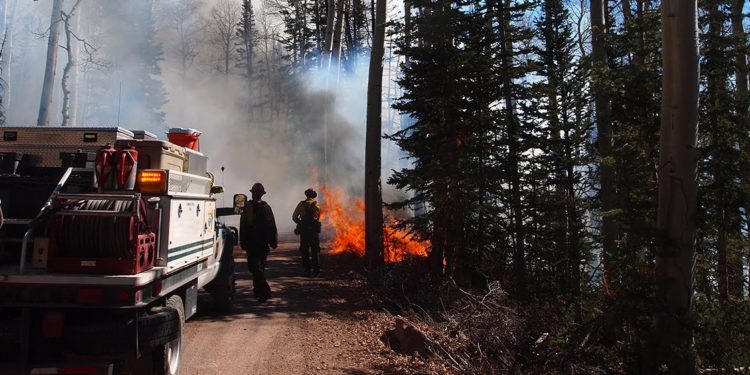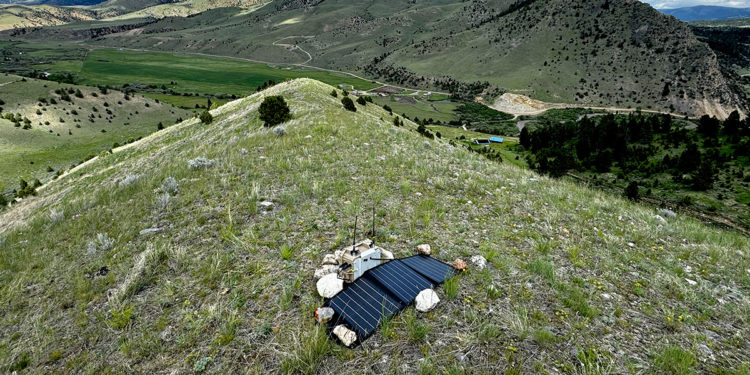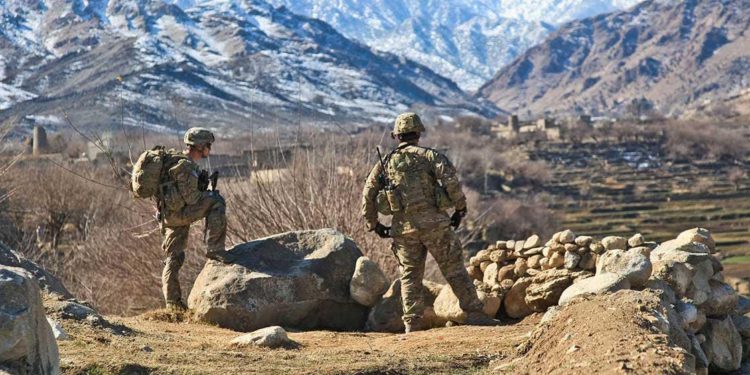
3 considerations for increasing innovation across the DoD
As technology rapidly evolves, the U.S. military, government acquisition offices, policymakers, and Congress face increasing pressure to stay ahead of global competitors. To maintain a competitive edge against increasingly sophisticated adversaries, the U.S. Department of Defense (DoD) and other government agencies need to embrace new tools and solutions that fully

Top 3 tips for emergency responders for maintaining contact and interoperability in challenging environments
Preparing for disaster response presents emergency responders with complex and unique challenges. They must navigate high-pressure situations where clear and reliable communication is critical, often in environments where systems may be compromised or overloaded. In addition, responders need to integrate advanced technologies, such as GPS tracking and real-time data sharing,

3 ways the US Coast Guard can leverage mesh networks for off-grid connectivity
In the realm of maritime safety and security, effective communication is paramount. For the United States Coast Guard (USCG), ensuring seamless connectivity is not just a priority but a necessity. Communication is needed when operating off-shore in bordering countries, during ship inspections, and when collaborating with other agencies during a

Tech Spotlight Series: How Legionarius smart garments increase warfighter survivability
Every second counts when a warfighter is injured on the battlefield. Shortening the time from the point of injury (POI) to the point of treatment (POT) can increase survivability for the warfighter, but how can military decision-makers immediately know a soldier is injured and deploy medical intervention in a more

The future of mission critical comms on display at Tough Stump Rodeo 2024
Each year, Tough Stump’s Rodeo event brings together some of the most innovative and exciting communications technology providers to demonstrate how their new solutions and capabilities could benefit warfighters in real-world tactical environments. The Tough Stump Rodeo is a unique and essential tool for military, law enforcement, first responders, and

Case Study | Legionarius Smart Garments Report Wounds Using goTenna Pro X Series + ATAK
In June of 2024, goTenna and Legionarius embarked on a mission to showcase the impact of remote situational awareness and intervention in treating hemorrhaging wounds from gunshots, shrapnel, or explosives. Legionarius’ Smart Garments leveraged goTenna’s off-grid network data transport layer for this battlefield simulation test. The successful pairing of Legionarius Smart Garments

Exploring 3 of the many use cases for the goTenna EdgeRelay
Recently, goTenna introduced its new EdgeRelay device. This specialized infrastructure support node provides continuous coverage for two separate goTenna mesh networks. It is designed for durability in harsh environments and offers solar power and other external charging capabilities to prolong mission endurance. This enables the extension of the goTenna mobile

Data sheet | goTenna for JTAC operations
As a Joint Terminal Attack Controller (JTAC), total situational awareness is necessary to employ precision munitions and prevent fratricide. Many times, there may not be a JTAC with each friendly element on the battlefield, meaning the JTAC must rely on observers situated in other locations to relay targeting data. This

The inherent danger of humanitarian aid missions along America’s southwest border
The U.S. Border Patrol is more than just a federal law enforcement entity protecting America from drug smugglers and human traffickers. The organization also has a humanitarian aid mission – leading search and rescue operations along the border to find people in distress and get them the required help. However,

Streamlining collaboration and enhancing mission security for TAK
Earlier this week, it was announced that Mattermost, a leader in secure collaboration for mission-critical work in complex environments, has completed its $1.25 million Small Business Innovation Research (SBIR) Phase II contract. This contract delivers mission-critical ChatOps capabilities for the Air Force Research Laboratory’s (AFRL) Tactical Assault Kit (TAK) and



